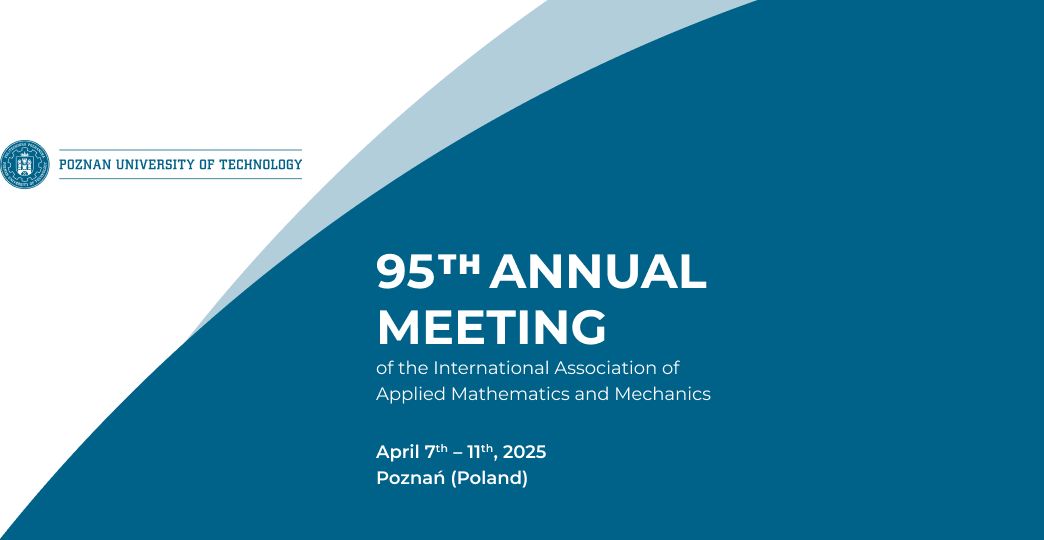Speaker
Description
Within the framework of the project “Multifunctional High-Performace Components made of hybrid porous materials” (HyPo, TRR375) an efficient numerical multiscale model is being developed to describe the microscopic and macroscopic behavior of hybrid porous materials using a Finite Element - Fast Fourier Transform (FE-FFT) approach. The influence of different microstructural morphologies, e.g. varying porosities, as well as hybrid material compositions on the macroscopic component properties is to be simulated. In order to prepare the basis for the multiscale simulation framework, micro- and macroscopic modeling approaches for porous structures are implemented, analyzed, and compared. On the macroscopic scale, hyperelastic and elastoplastic material models for foams are evaluated, see e.g. [1], [2]. These models are integrated into the FE environment Ferrite.jl [3], and applied to various boundary value problems. Complementary microscopic simulations, using the FFT-based solver FeelMath [4], are conducted on microstructures with defined porosities under diverse macroscopic deformation states. This presentation will compare the macroscopic model results with the homogenized responses obtained from the microscopic model and analyze limitations and possibilities for improvement.
[1] M. Dhondt. The Finite Element Method for Three-Dimensional Thermomechanical Applications, pages 190–195, 2004.
[2] V. S. Deshpande and N. A. Fleck. Isotropic constitutive models for metallic foams. Journal of the Mechanics and Physics of Solids, 48(6–7):1253–1283, 2000.
[3] K. Carlsson, F. Ekre, and Ferrite.jl contributors. Ferrite.jl [Computer software]. URL: https://github.com/Ferrite-FEM/Ferrite.jl.
[4] M. Kabel and H. Andrae. Fast numerical computation of precise bounds of effective elastic moduli. Berichte des Fraunhofer ITWM, 224, 2013.

